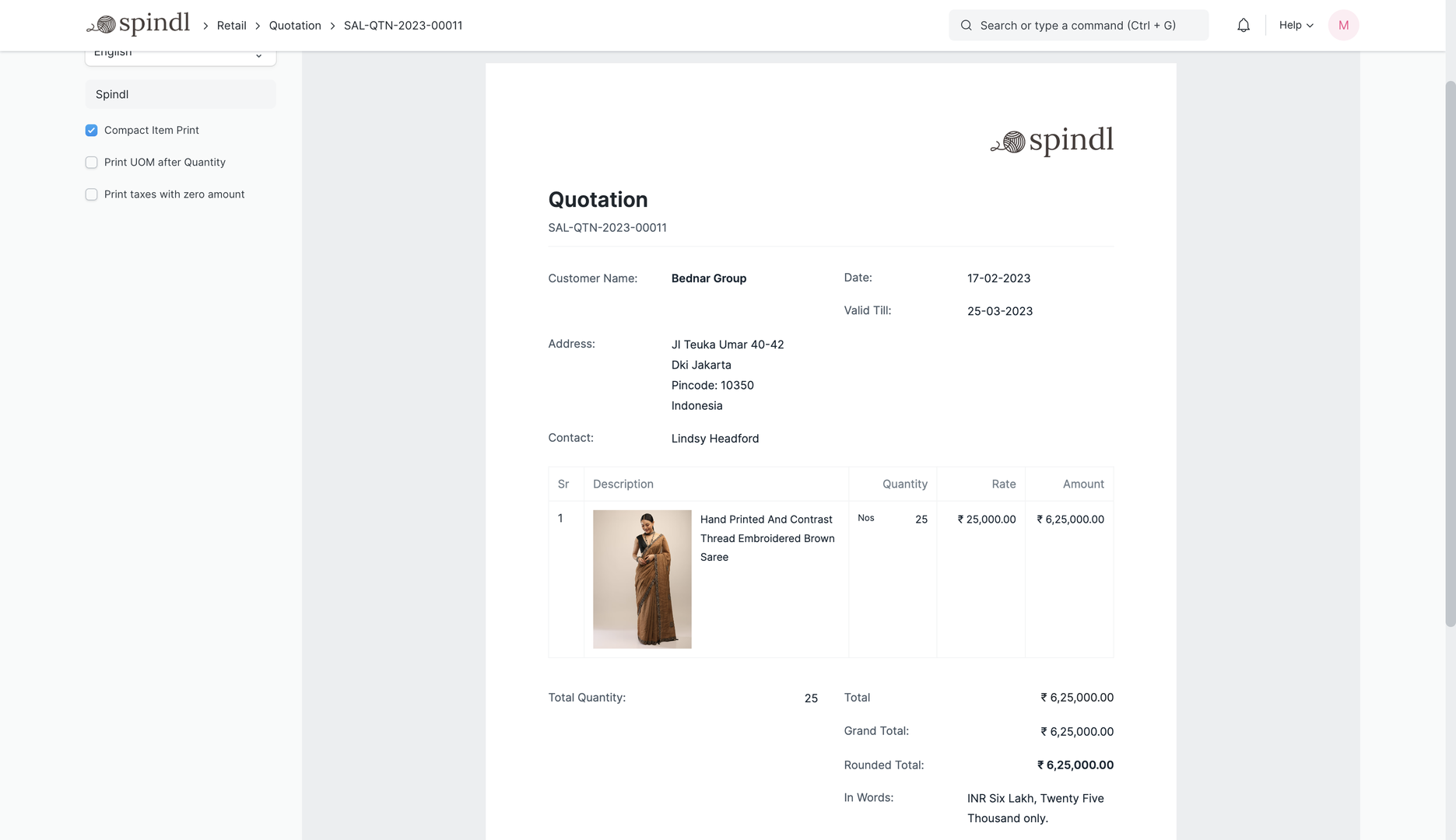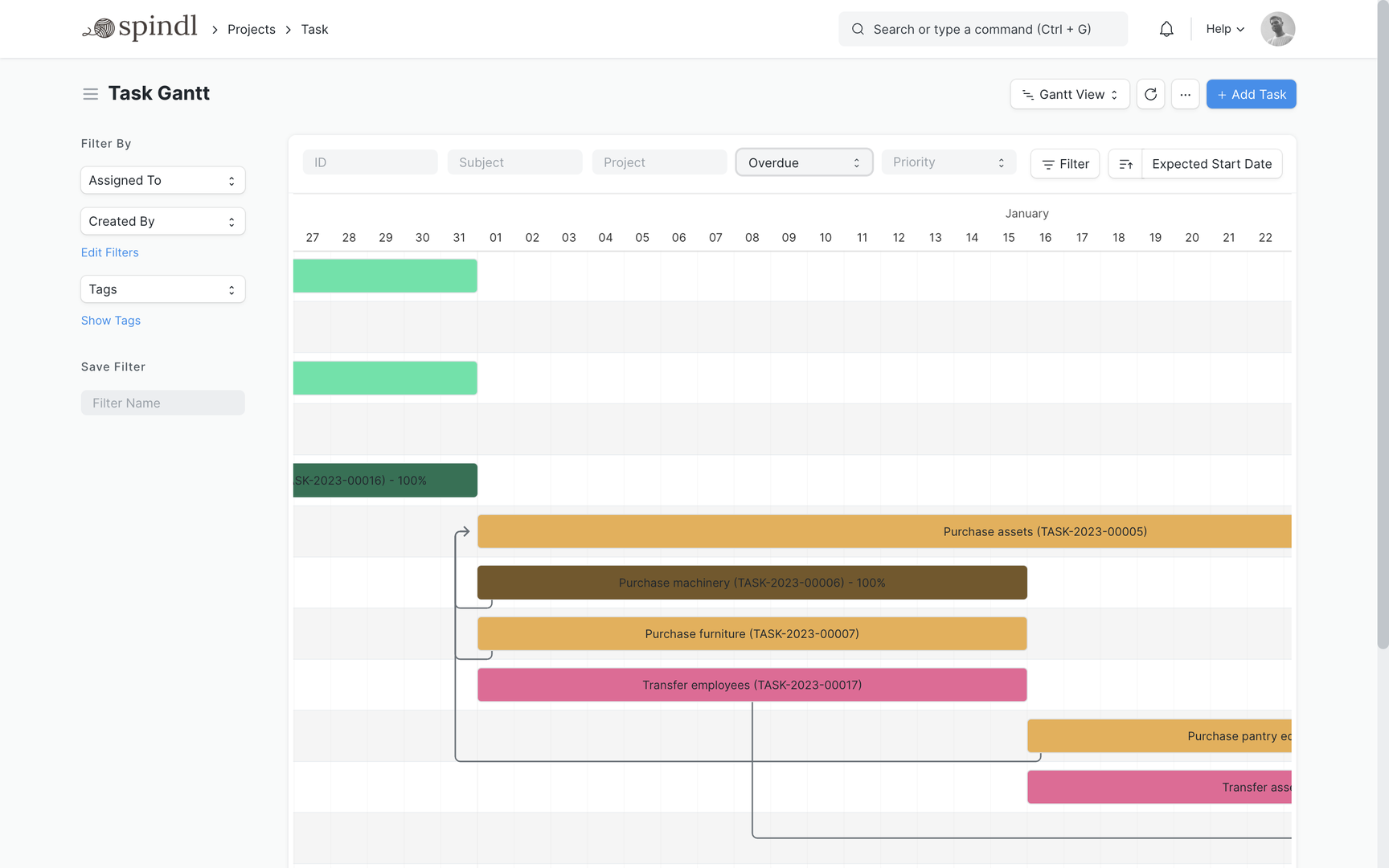RFPs and responding to them. How to prepare, what to consider, and 5 best practices for solid quotation/proposal responses.
Responding to RFPs/RFQs with good quotations take a lot of preparation even before you start writing the document. Are you following the right method?

When you see an interesting RFP, there are multiple factors to consider before submitting a response. Planning, understanding requirements, being direct are only some of them. Let’s take a deeper look at things to consider before and during drafting a response to an RFP.
What is an RFP and what is the response (quotation)?
A request for proposal is a document that companies post to tell that they’re open to business, inviting proposals from supplier companies. Usually, this is done by government organizations or big companies. For example, let’s say a government unit wants an ERP software to replace their old and clunky one. They’ll put out a circular outlining their requirements. Many companies and/or service providers will then send quotations with their solutions and pricing. The government unit will then go through the quotations and shortlist a few for further rounds.
This could also easily translate to physical goods like firearms where military contractors are involved but RFPs are common in lengthy service-oriented projects.
Why do client companies put out RFPs?
When a large business requests for an RFP, it usually means that they’re considering multiple companies that could supply similar services to yours. Hence it becomes very important to draft a tight proposal addressing all of their requirements with competitive pricing.
When creating an RFP, you need to demonstrate that you understand the client’s needs clearly and also highlight that you can meet those needs.
For public or government large scale projects, the RFPs are usually done as blind bidding. This means that suppliers can’t contact customers till the bidding is final i.e. bypassing other suppliers and contacting the customer. There may be multiple rounds of vetting and bidding. Then, only after all terms and conditions are agreed upon, the supplier gets a purchase order. Companies may also ask for working demos, use cases, example run-throughs of solving their problem, and so on.
What to do before starting an RFP response?
You see an RFP you can pull off or you hear about it from your circles, great. The natural response is to send your bid or quotation and keep your fingers crossed to pass on to the next round or win the RFP bid. But even before starting on your quotation, you should do a few things in preparation.
Understand the RFP requirements thoroughly
This can’t be stressed enough. Read and re-read the RFP requirements carefully and try to map them with your capacity. Overestimating your capacity to fulfill the job will leave you stuck afterward. Companies also get contractors and freelancers for extra hands but the effectiveness of this depends on the industry you’re in and the skill required to finish the job. Misunderstanding the requirements and sending mismatching solutions in your quotation will also work against you.
Involve multiple stakeholders
Regardless of whether you’re in software or machinery, you work in a team to fulfill any sales order. Hence communicating with everyone who will be involved in delivering the project is important. This may be your engineers, software developers, senior management, delivery team, and senior management if you need approval for additional contractors, etc. By involving everyone in the conversation you’ll send a realistic proposal instead of finding out at the last moment that 2-3 points you promised aren’t feasible to deliver.
Plan and set a timeline
Once you’ve communicated and understood that you can pull off the requirements from the RFP, the next step is to plan and set a timeline. You don’t want to set something too short to impress and fail and also not too long that it makes the proposal unattractive. A good way to do this is to ask the delivery teams realistic timelines to deliver each part, sum it up and add a buffer of 2-7 days just in case something goes wrong or gets delayed. The buffer timelines could also be weeks or months depending on how large the project is.
The time factor in sending RFP responses
If the closing date for sending in quotations to the RFP is say, 30th January, you don’t want to send in late at 29th January or on the last day. Sending a few days in advance shows that you’re prepared and disciplined.
Quoting the right price and terms
Coming to request for quotation (RFQ), pricing a big part of winning a bid. Most often the lowest price wins but also these bids are big numbers often in the six to eight figure range. Let’s take a look at some factors to consider when setting a price in your quotation but keep in mind that it takes an experienced person to quote the right pricing.
Price, time, and customer
Quoting the right price at the right time to the right customer—this takes more than just simple research and estimation. Factor in the urgency of the project and the problem it solves when implemented. For example, in bids for public development projects, creating a park is not as urgent as constructing a hospital. In the same way, setting up a software system for calculating taxes where the current system is pen and paper is more urgent than setting up a system for say improving the UI of a website. High impact projects that solve bigger problems usually will receive proportionally higher quotes.
Forecasting and any events
Check out the financial budget for your region, it should give a rough idea of which bracket to fall in. In case there are any global or national events positive or negative, they’ll affect the spending power and purchasing priorities.
Long term value
Finally, you also want to look at the long term value after winning a bid. There are two parts to this. First, you want to look at getting better value by factoring in additional expenses for post-project support. Secondly, if you price too rich, you’ll drop your chances of winning and also any future business. This is important if you think there will be opportunities for smaller non-bid style projects with the client organization later.
RFP vs RFQ vs RFI
Let’s get a better understanding of the documents potential buyers send suppliers based on where are on their buying journey. Depending on how well the client knows about their requirements and solutions to their problems, they’ll send different documents to get the correct information.
Request for information (RFI)
And when information is the first thing large organizations want, they send a request for information. It’s the first document companies send to scout and see what’s available. At this stage, the buyer doesn’t have enough information to write a detailed document on their requirements.
The buyer is casually browsing and has no urgent purchasing need at this point.
Request for proposal (RFP)
A request for proposal is when the client is aware of their needs and wants solution-focused proposals to fulfill their needs. The specifications are outlined but not very clear. When a company sends out an RFP, they’re usually evaluating different suppliers/vendors to see which ones can fulfill their requirements. An RFP will contain specific questions about your product/service.
The buyer knows their requirements and is looking for options. It’s usually sent in a project/implementation/consultation arrangement.
Request for quotation (RFQ)
An RFQ is sent when the client company knows its exact requirements and wants a price quotation for the solution. The buyer narrows down a few companies based on the RFP round and proceeds to choose one based on price. An RFQ contains questions about the costs to meet the buyer’s requirements for the line items. Usually, the lowest price quote is selected from the bidding suppliers.
The buyer knows what they want and is ready to make a decision based on pricing. RFQs are commonly used in physical products for line items.
5 best practices for a quotation when responding to RFPs
Now let’s see some best practices you can follow before starting to write a response document for RFPs.
1. Understand their language
Understanding the client’s requirements is good but understanding the client's language makes you stand out. Depending on the industry, there may be certain phrases that the client is used to and if you include them in your quotation, they’ll feel familiarity when reading your bid and this will signal that you understand this domain. Also, use any other ways you can demonstrate your understanding of this domain and its problems in your quotation.
2. Include logos
Having previous similar customers/projects where you have successful implementations/delivery is a definite way to inspire the client’s trust. But if you don’t have the exact domain, at least ensure that you include some good marquee logos of big customers you have worked with in the past. Even if they’re not from the same domain, familiar logos inspire trust and will make your quotation stand out.
3. Be specific
Generic statements like “we’re excited about this project and will complete the job on time with the given budget” are vague and don’t evoke much interest. Instead, specific statements after understanding the client’s requirements is a sure way to grab their attention. For example, “we’re excited about this software implementation project and will complete the job by March 30th with 1 SPOC and co-operation from your end”.
Adding loads of paragraphs just to make your quotation look serious is a bad idea. The people who read quotations are busy and evaluate multiple quotations. Anything that deviates from the client’s problem too much will lose their interest and will most likely make them move on to read a different quotation. The best way is to focus on the problem, the project delivery details, the timeline, and your services.
4. Show numbers and visuals
Include any numbers to highlight your wins with numbers in days, profits, or anything else that shows your successful implementation of previous projects. An even better way to show your results is by including graphs and charts. The easiest way to do this is to open up a spreadsheet, entering the numbers, and there will be an option to transform your numbers into a visual chart.
5. Review, review, and review
One tiny mistake can make you look unprofessional or careless and that’s the last thing you want when bidding on a large project. Use spell-check tools, grammar tools, get 2-3 people from your organization to go through it, and even consider getting a trusted proofreader to look at it.
How to structure a good RFP response
You now know why companies send different documents like RFPs, RFQs, and RFIs.
Cover letter
Start with a 1-2 page cover letter with a slightly less formal tone to form a connection with the potential buyer. The cover letter should show enthusiasm, your understanding of their requirements, and briefly glance over how you can meet their requirements.
Executive summary
This part should summarize the highlights of your offerings. The summary is the first thing that potential buyers will read and make quick judgments on how well you understand their requirements. Highlight your strengths that are relevant to their business needs.
Project plan and timeline
Once you have their attention, it’s time to show your structured approach. Walk them through your project approach with specific timelines and milestones. Talk about your approach to help them achieve their goals on a reasonably fast go-live date. Finally, also establish what you need from them, like co-operation, SPOCs, etc.
Terms and conditions
List down your expectations clearly, the things you’ll need to complete the project on time. The contract should also include post go-live support and maintenance terms. Going into details and drafting a detailed contract avoids miscommunication and protects both parties.
Testimonials and case studies
End the document with testimonials, quotes from happy customers, links to case studies, and showcase the results you’ve achieved in the past for similar clients. This will inspire trust and confidence.
Quotations and projects in ERPNext
So far, you know about RFPs/RFQs and how to respond to them with a decent quotation. Now, let’s see how ERPNext helps you handle and manage these documents easily.
Quotations
Quotations in ERPNext store all customer, item details, payment terms, and all other relevant details. Here’s an example of a ready to print Quotation in ERPNext.

Handling projects
With a Gantt chart and other useful visualizations, you can easily track project progress. You can also link timesheets and invoices with projects to track and bill accurately.

Conclusion
From RFPs to quotations to signing a deal, the buying process for large projects is lengthy and tedious but the reward is high too. After reading this blog, you should have a fair understanding of RFPs and how to respond to them with good preparation.
Prasad Ramesh
Marketing at Frappe.
No comments yet. Login to start a new discussion Start a new discussion